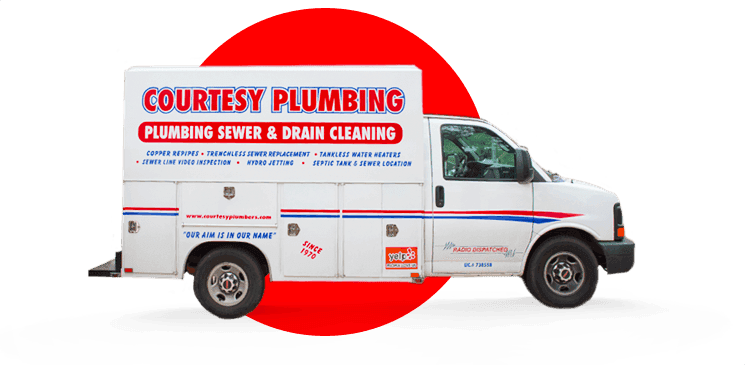You might not think about your water heater until you’re met with a cold surprise during what should have been a warm shower. Regular maintenance, however, can keep such shocks at bay and extend the life of your heater. Experts from facilities recommend flushing sediment from your tank to boost efficiency and performance.
In West Covina, services are available for this essential task if DIY isn’t your style. Flushing involves turning off both power and water supply before allowing the system to cool—a step ensuring safety as well as effectiveness in cleaning out unwanted buildup.
Identify Sediment Buildup Signs
Spotting sediment buildup in your water heater is key to maintaining its efficiency and lifespan. Suppose the water from your taps starts looking cloudy, or you notice a sandy-like material settling at the bottom of a bucket after filling it with hot water. In that case, these are clear signs that sediment has accumulated. Actions need to be taken before this problem escalates, affecting not just water clarity but also heating effectiveness.
To tackle this issue head-on, begin by shutting off the gas or electricity supply to ensure safety—a critical first step detailed on our water heater service West Covina page. After turning off the cold-water valve atop your tank (turn clockwise past stop), attach a hose and drain some of the murky water into a bucket for examination. Should you observe any discolored waters or grains resembling sand even after draining some content initially—indicating persistent sediment—it’s time for more thorough flushing steps as outlined by Courtesy Plumbers’ experts.
Schedule Regular Maintenance Checks
To keep your water heater in top shape, consider it as crucial as maintaining your HVAC system. Much like the varied tasks checks ensure for heating and air conditioning systems, a water heater needs regular attention to work efficiently and last longer. By adopting a routine maintenance schedule, you can help extend its service life significantly—standard heaters up to 12 years and tankless models around 20 years.
At the core of this process are several components requiring periodic check-ups: the tank itself holds the water; gas heaters employ burners, whereas electric ones use upper and lower heating elements for even heat distribution. Thermostats play a vital role in temperature management by adjusting these mechanisms accordingly. Moreover, anode rods within tanks prevent rapid corrosion by attracting oxygen away from internal surfaces—a critical step for longevity.
The TandP relief valve is another safety feature designed to mitigate pressure or temperature spikes beyond safe limits (210 degrees Fahrenheit or over 150 psi). Lastly, don’t overlook draining through the provided valve—it’s not just about removing sediment but ensuring all parts function smoothly without common issues such as leaks or overheating that could halt production processes relying on precisely heated water. Adhering annually to these guidelines doesn’t merely fend off immediate breakdowns; it safeguards against inefficiencies that might compromise operational capacity down the line.
Select the Right Flushing Method
Choosing the right flushing method for your water heater matters greatly. Full flush, often recommended, involves completely draining the tank to remove all sediment. This process requires shutting off power and attaching a hose for drainage.
For those short on time or with less sediment concern, a partial flush could suffice; this doesn’t require turning off the unit and can be done more frequently. Both practices extend your heater’s lifespan, but consider local water hardness when deciding how often to perform these tasks—a harder supply may prompt more frequent cleanings. Always wear protective gear during this maintenance to ensure safety first.



